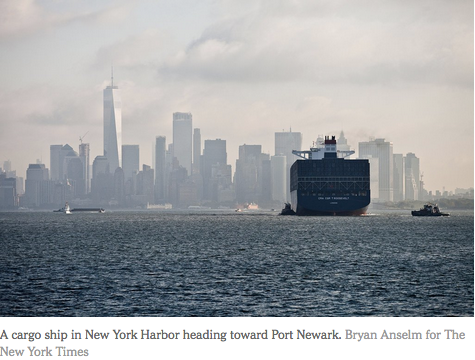What if President Trump’s ultimate goal is to kill the World Trade Organization?
When Robert Lighthizer, Mr. Trump’s top trade negotiator, cut his teeth on trade diplomacy, back during the presidency of Ronald Reagan, the United States had an idiosyncratic way of solving its grievances over trade: asking its trading partners to curb their exports, or else.
In the early 1980s, Japan signed on to “voluntary export restraints” to curb the exports of Toyotas, Hondas and Nissans that were causing so much heartburn in Detroit. “Voluntary restraint agreements” were negotiated with 15 countries that accounted for 80 percent of American steel imports.
They were voluntary in the sense that foreign exporters preferred these agreements over the threat of punitive duties. In Washington, they were popular. As the Dartmouth College economist Douglas Irwin notes in his timely new book, “Clashing Over Commerce: A History of U.S. Trade Policy,” the share of American imports covered by some form of trade restriction rose to 21 percent in 1984, from only 8 percent in 1975.
Today, trade grievances are adjudicated differently: Since 1995, the United States has been required, like any other country, to take its complaints to the World Trade Organization’s dispute settlement system. It has lost some cases, especially those against Washington’s unique way of measuring dumping. But it tends to win when it brings a charge against some unfair practice abroad.




